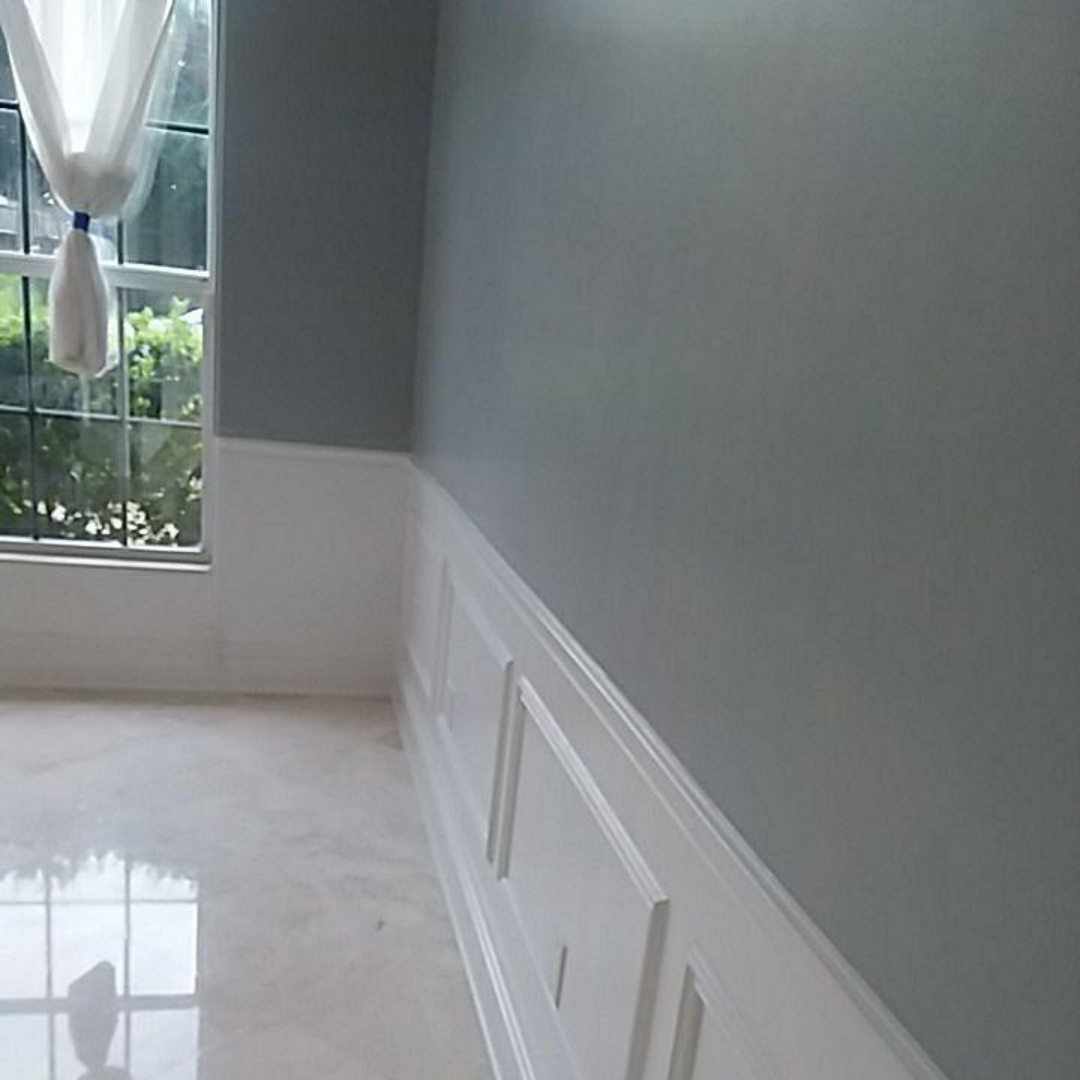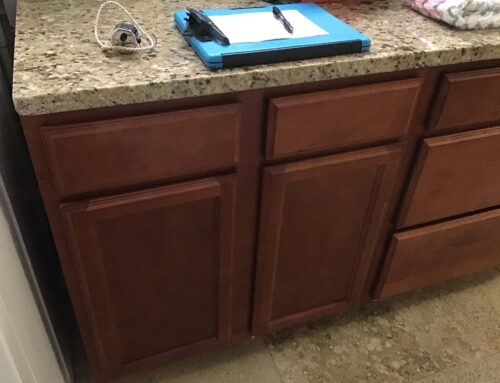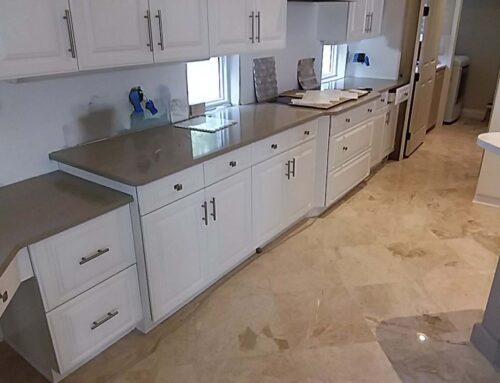Painting a living room or dining room doesn’t require much consideration of structural perception, but what about oddly shaped rooms and awkward, small spaces? Your choice of color might make your calming office a hot mess. Here are the best and worst paint colors to liven up that ‘not-so-cramped’ small office, bathroom, or attic space.
Best Sherwin William Colors
1. Gray – Cyberspace – SW 7076
Grays are becoming a hot alternative to simple white walls. Add grays with a blue undertone for quaint living spaces and automatically give your rooms a modern vibe. Coupled with light accents, furniture, and a splash or two of color (such as brightly colored flowers) for a vibrant look!

2. Muted – Lattice – SW 7654
Feeling vintage? A muted cool-tone-based neutral, Lattice works with moody greens, soft purple and lilac hues, and neutral colored rooms – a great alternative to a basic white or beige. This color makes a great look to any grandmillenial aesthetic.
3. Navy – Anchors Aweigh – SW 9179
No dark colors in small rooms? That’s old news! Dark color reflects less light and gives a room more depth. Dark colors are great for accent walls or entire small rooms; especially for sophisticated and cozy moods brought by this bold navy shade.

4. Beige – Loggia – SW 7506
The traditional crowd-pleaser, a warm-colored like Loggia fits most rooms – independent of size. Great for a meditation space or office, Loggia gives more depth than most beige shades and adds a homey, inviting feel.
5. Pink – Rose Pink – SW 9693
An approachable color that reflects light in small living spaces – it’s a win-win! Rose Pink adds in a soft, pink hue that is flattering to artwork, plants, and creating a stress-free space.
6. White – White Snow – SW 9541
Known for its naturally widening effect, bright whites give the illusion of openness to any small office or living room. A classic white paint will brighten up a room without feeling cold or unwelcoming. Your room will be like a blank canvas, ready to style with bright furniture and unique, eclectic pieces.
Worst Small Space Colors
1. Muted Neutrals
Not all neutrals are created equal. Beware of neutral colors that are too muted and make your room look small and dark. Choose instead a warm, neutral color that will help reflect light. Coupled with white highlights such as furniture, linens, and decorative pieces, a great muted color will keep a small space light and airy.
2. Colors That Make You Go ‘Ew’
Everyone has colors they hate. Bad colors in small spaces will make you hate them even more. When choosing a color, don’t focus exclusively on the perceived effect it will have on the space, but also on your own tastes. Your favorite color might not be ‘the one’ for a certain space, but that doesn’t mean your color choice should just be ‘I guess’. Get excited about your paint! Sometimes all it takes is a shift in undertones and shade to make it all perfect and coherent.
3. Red
Red is a hot, hot, hot choice in paint…but not always in a good way. Red brings energy and warmth, heating up a room or overwhelming the general atmosphere. Used sparingly, red is often best used as a highlight in furniture, rug, or decorative piece. If you’re set on a red tone for the walls of a small room, however, we recommend muted red tones such as rust or terra-cotta.
4. Bright Colors
Ever insisted on painting your room hot pink or bright, highlighter green when you were younger? I’m sure those colors got old very quickly the older you became. New, funky, or bright colors can be fun, but don’t choose them exclusively because they’re popular. If you insist on a flashy color, use them sparsely as accent walls or highlights.
3. Bad Undertones
When a color is created by mixing two or more colors, an undertone is formed depending on the proportion of colors used. A pink with more red can become too intense or too mellow with too little red. The variation of blues can be the difference between a deep violet or a royal purple. Pay close attention to any paint color you’re considering. A neutral with an unexpected undertone can be glaring in a small space!
Ask your paint store or your paint experts at Bowman Painting to make the right decisions before the paint is applied to your walls.






